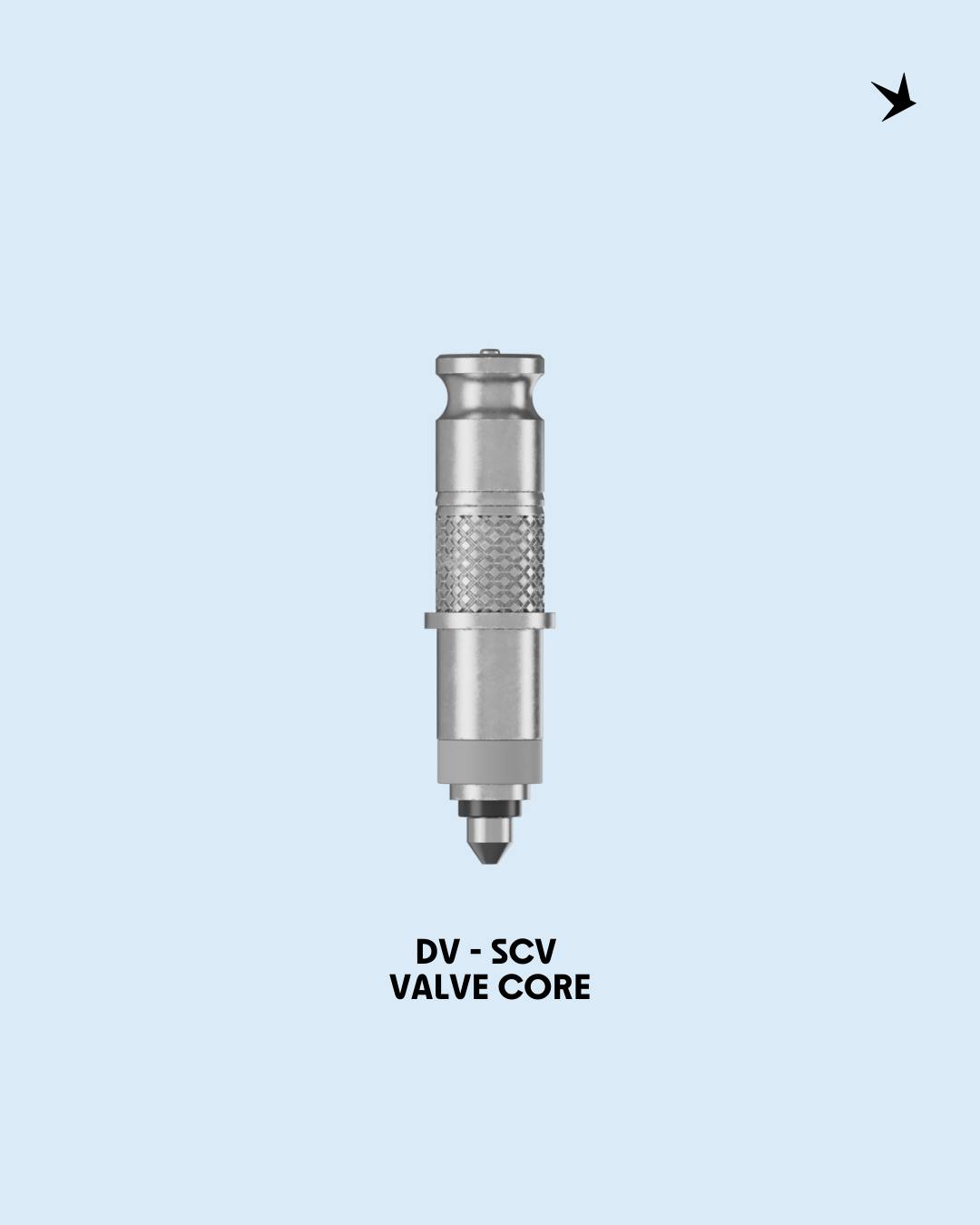Anyone who’s ever worked in a bike shop can agree that teaching new riders how to use a Presta valve is not always easy. Between the actual operation of the valve and the pump, there’s the potential for damaging the valve by bending or breaking the valve core. As an industry, we’ve put up with the Presta valve at first because narrow rims required it. Lately though, there’s been a concerted effort to improve airflow from the same size valve, or even switching to Schrader valves completely.
For John Quintana, the inventor of the CLIK Valve, there had to be an easier way. But more importantly, it needed to be an easier way that was also largely backward compatible in order for the industry to adopt it. Now that Schwalbe is backing the design, it seems like that is a strong possibility.
What is the CLIK Valve?

Push on with a click, pull off. The CLIK Valve is all about simplicity and ease of use. It also happens to have 50% better airflow than a presta valve. While there are no external moving parts on the CLIK Valve, there is a spring-loaded valve on the inside with an internal o-ring to seal it off. We have not had a chance to test the Schwalbe CLIK Valve yet, but if it works as promised, the design has a lot of promise.



Importantly, the CLIK Valve can be installed into all current Presta valves by simply changing the valve core. The design can also be integrated into inexpensive inner tubes to make it a true industry solution. Both Presta and Dunlop valves can be converted by simply swapping the valve core. There is also an adapter for Schrader valves that screws onto the top of the existing valve – this allows you to use a CLIK Valve pump with Schrader valves, while still being able to use a standard Schrader valve pump or chuck as well.

Pumps and CO2 inflators are also covered with adapters that can be screwed into the head or clamped down. Additionally, most existing presta valve pumps should work with the CLIK Valve without any adapter at all.
To use the CLIK Valve, simply press the pump head onto the valve until it clicks. Pump away, and then pull the pump head off when you’re done. This is all done without the ability to lose air, and Schwalbe claims pump wear is a thing of the past. Without grommets that squeeze down onto the valve, there’s no longer anything to wear out. The function of the valve supposedly makes it easier for bikes that are tricky to inflate like kid’s bikes – which was one of the motivating factors for John’s initial design. The inventor claims he wanted to design a system that was easy enough that his kids could inflate their own bike tires.
The Future of the CLIK Valve

As the first company to offer the CLIK Valve, Schwalbe has already been nominated for a Eurobike award. Initially, we’ll see the CLIK Valve available as tubeless valves and adapters for existing Presta, Schrader and Dunlop valves, but Schwalbe states that they will begin making their first tubes with the Schwalbe CLIK Valve soon. Additionally, SKS will already be offering a CLIK Valve-specific pump at Eurobike.
From the sounds of things, this likely won’t be the last company we see offering the CLIK Valve, and for good reason – it’s easier to use, offers increased airflow, and is mostly backward compatible.
